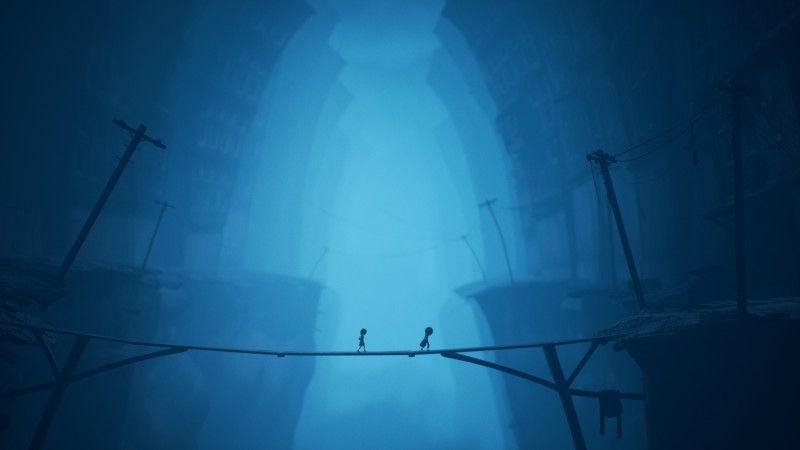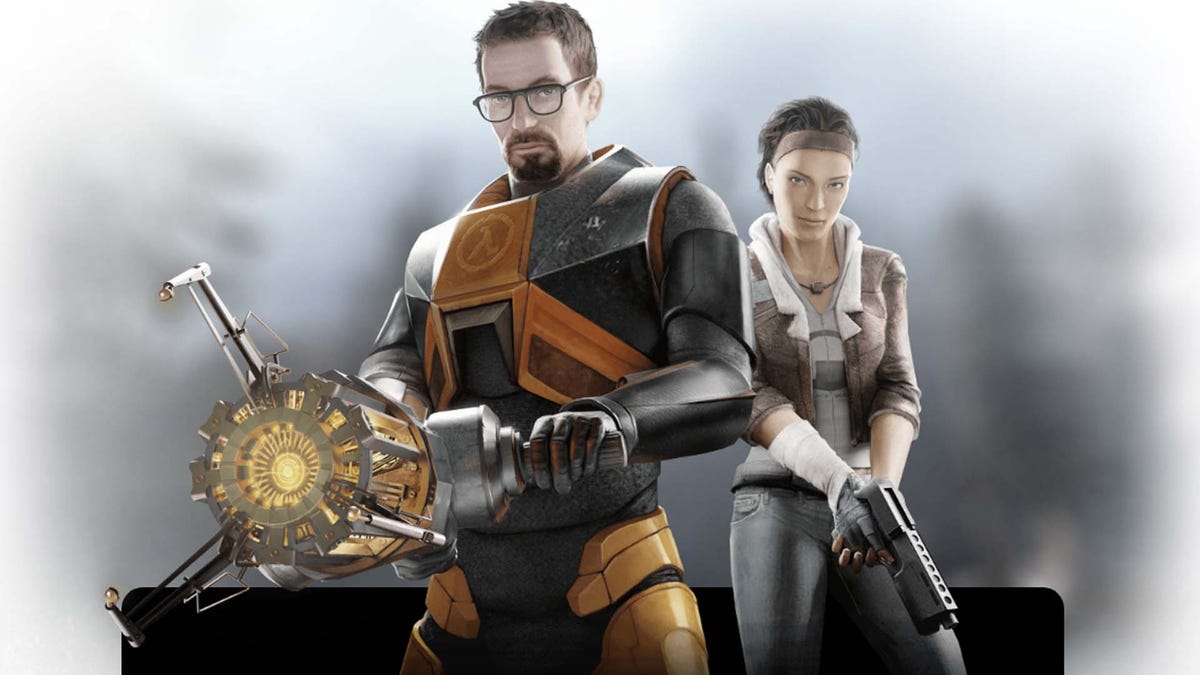A little boy wakes up in a clearing, a disproportionately large television bathes the area in an eerie blue cathode ray tube. This boy, Mono, will soon meet the hero from the first little nightmares – and also get an introduction to what he is really facing. In this world you are constantly under-challenged and pursued by towering creatures that you see at best as vermin that must be exterminated. It’s a masterfully executed sequel that shows that the first game wasn’t just a fluke.
I love the structure of Little Nightmares II, despite the awful residents. It’s broken down into several expanded vignettes in which Mono and Six grapple with an oversized monstrosity as they try to escape into the next area by puzzle solving and out of sight. The first game had memorable encounters like the caretaker who blindly groped for Six with his terribly elongated arms. I wasn’t sure if the follow up could capture these amazing designs or the fear they caused. These fears were misplaced.
Little Nightmares II has even more creepy opponents, including a teacher who involuntarily shouts “Nope!” as soon as I understood what she was really capable of. Part of the fun, if you would call it that, is watching these weirdly animated humanoids frolic around them and do their jobs while you stay low and look for an escape. You have to be patient and choose the right moment to scurry past or you risk getting caught. That means waiting for the teacher to turn her back and scribble nonsense on the blackboard or later stuff suspiciously mushy organs into the empty spaces of an anatomical model – a model that is partially wearing a school uniform.
There is an abundance of terrible imagery and atmosphere out there, but you don’t have to deal with it alone. Puzzles are creative and depend on the team dynamics between you and the AI-controlled six. She is a helpful companion, be it by giving you a boost or by pointing you in a tricky sequence on the next steps. They also routinely separate so their presence doesn’t lessen the tension from the scenarios. While you still turn your share of cranks and drawers to reach high positions, new skills and systems keep things fresh and surprising even in the late game.
Little Nightmares II significantly expands the series’ story; You could probably jump right in, but I would highly recommend playing the original and its DLC first. The story won’t be nearly as satisfying without this background. The second game is an improved version of the previous one, maintaining what makes the formula excellent while working out some of its more frustrating elements. For example, Mono automatically sticks to narrow sidewalks, which is a godsend given the dynamic positioning of the camera. Some of the jumps are still a bit sloppy, but at least you don’t have to laboriously walk along pipes or planks, one step at a time, or you run the risk of falling into ruin.
The feeling of being small and powerless in a dangerous world remains at the core of Little Nightmares II. Although Mono has the ability to defend himself, the game is weakest in this fight. Mono is not a melee powerhouse. When he reaches for pipes or axes, he can barely pull them behind his tiny frame. Winding up for an attack takes time because it has the necessary force. And you don’t fight against the bigger showcase enemies, but against smaller, faster creeps. You can probably see the problem here: if you smell it, you’re basically dead. Well-spaced control points minimize the frustration of failure, but kicking back rarely feels powerful.
One of my favorite things about the first game was being introduced to a bizarre world and trying to pinpoint Six’s place in it. It’s ambiguous enough to allow for multiple interpretations, and Little Nightmares II continues to encourage speculation. There are new elements to consider, but I still had a wealth of questions after the shocking ending. Fans of macabre and scary environmental storytelling consider this your first essential title of 2021.








